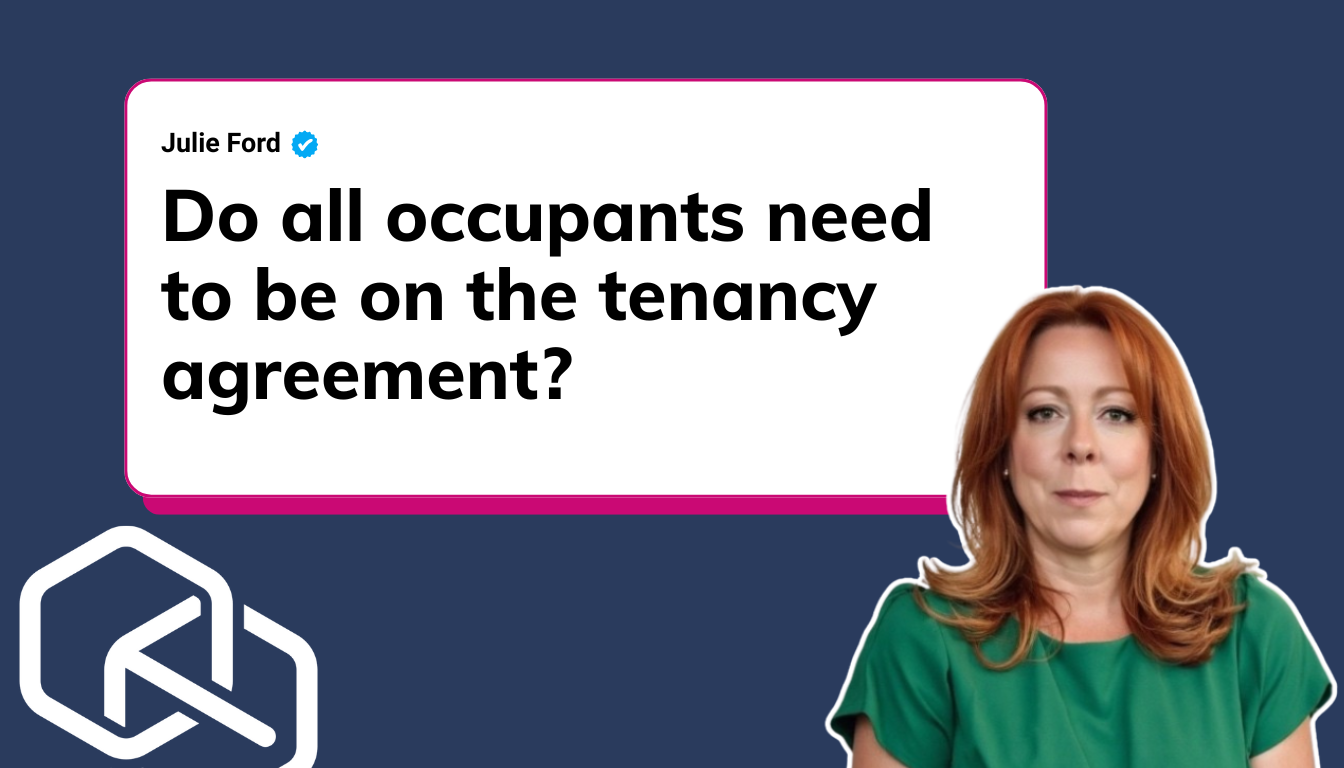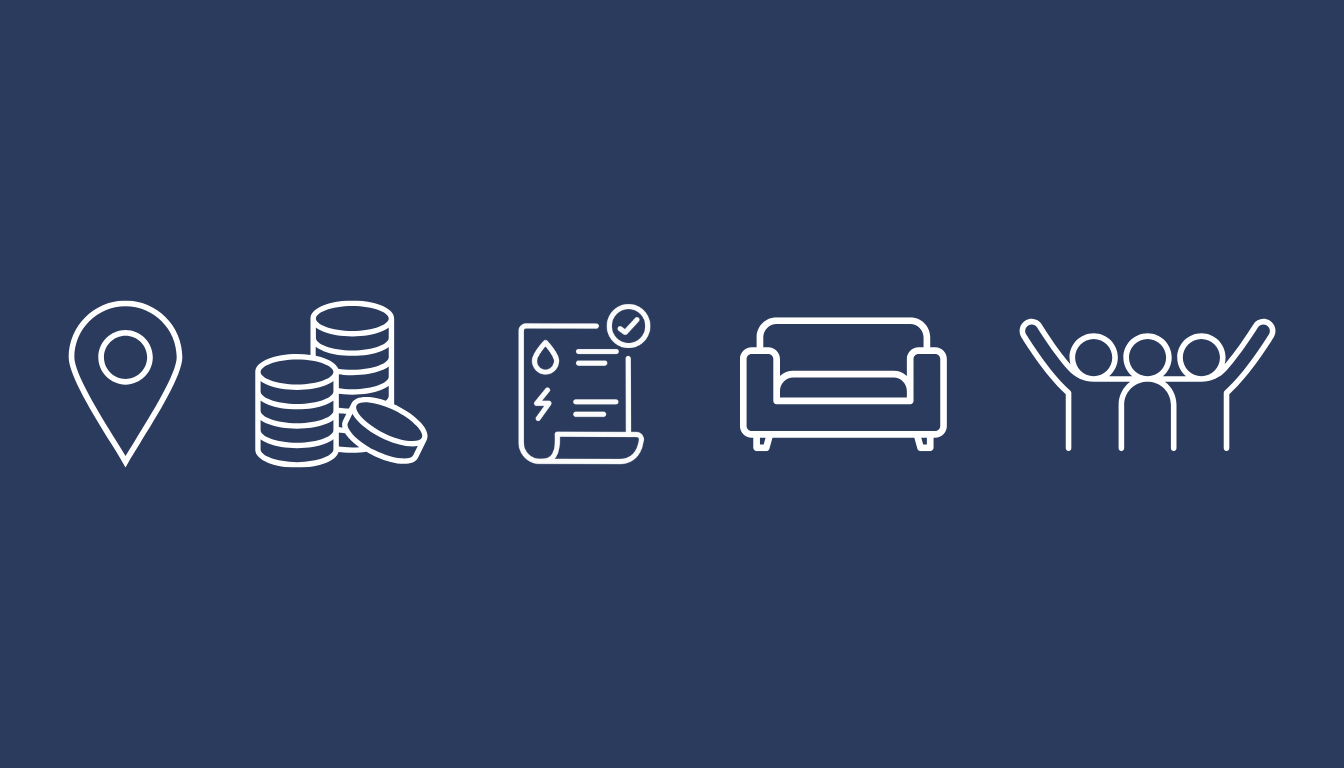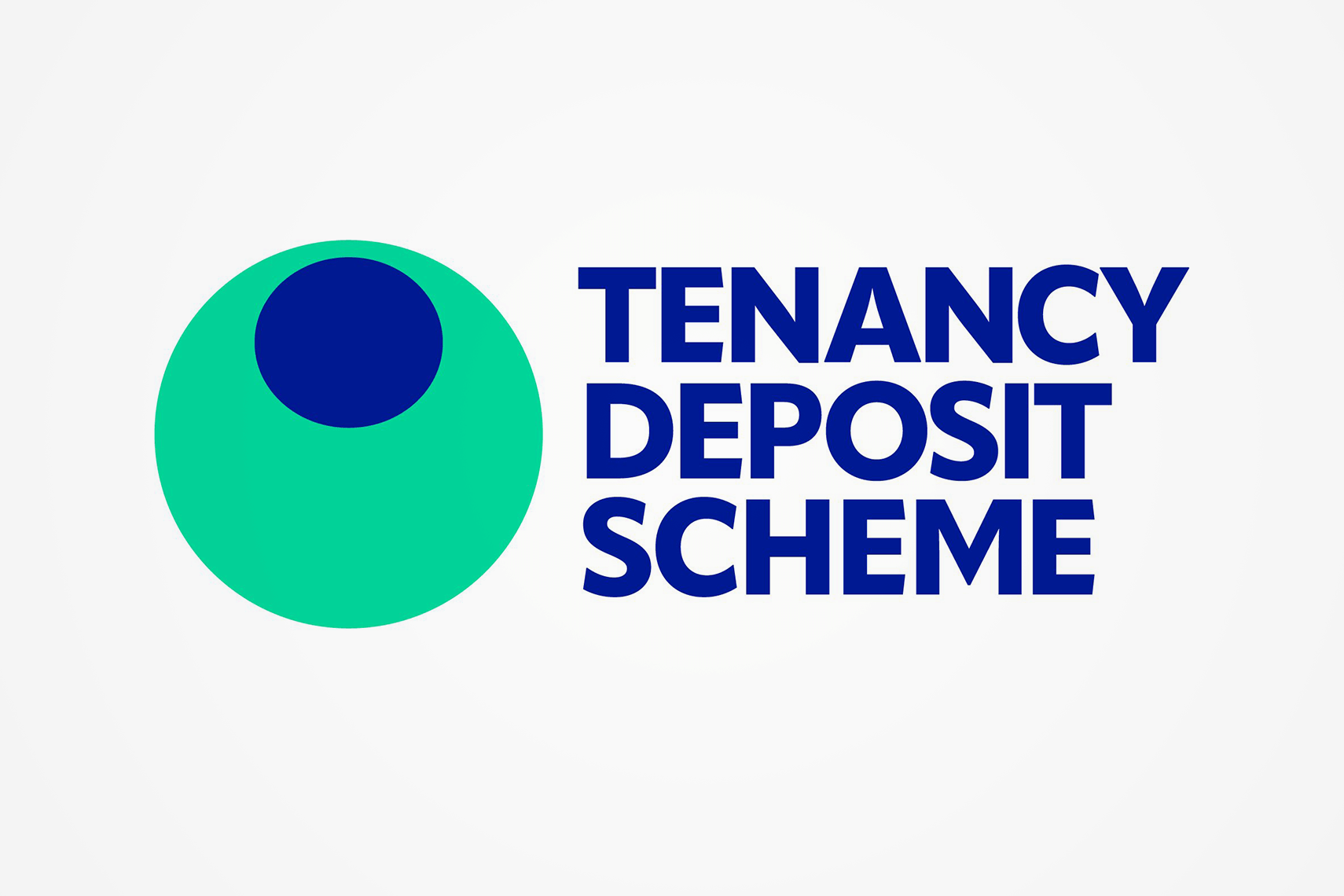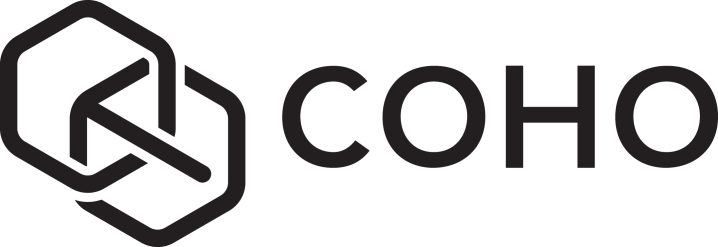In today’s digital age, managing tenants online offers a streamlined, efficient way to handle rental properties. This guide provides a comprehensive overview of how to effectively use online systems for tenant management. From onboarding to maintenance requests, we will explore the essential aspects involved in managing tenants through digital platforms.
Understanding Online Tenant Management
Online tenant management refers to the use of digital tools and platforms to facilitate communication and administrative tasks between landlords and tenants. This innovative approach replaces traditional methods that often require in-person visits, paper documents, and lengthy communication processes. By leveraging technology, landlords can streamline their operations, making it easier to manage multiple properties while providing tenants with a more responsive service.
As property owners increasingly adopt technology, understanding the landscape of online tenant management becomes crucial. The benefits not only include increased efficiency but also enhanced tenant satisfaction due to easier access to services and communication. For instance, tenants can quickly resolve issues or make inquiries without the hassle of phone calls or waiting for office hours, leading to a more positive renting experience.
The Importance of Online Tenant Management
Embracing online tenant management is vital for property managers aiming to stay competitive in the rental market. With more tenants expecting convenience, a digital approach allows for improved service delivery. This shift not only meets tenant expectations but also positions property managers as forward-thinking and adaptable, traits that are increasingly valued in today’s fast-paced environment.
Moreover, online systems help in maintaining organized records that are easily accessible. These systems can automate reminders, streamline payment processes, and improve communication channels, establishing a professional relationship between landlords and tenants. The ability to access documents and correspondence digitally ensures that both parties remain informed and engaged, which can significantly reduce misunderstandings and disputes.
Key Features of Online Tenant Management Systems
When selecting an online tenant management system, it’s essential to consider several key features that enhance operation efficiency:
- Tenant Portal: Enables tenants to access their accounts, submit requests, and view payment history.
- Automated Payments: Allows for recurring rent payments, reducing the risk of late payments.
- Maintenance Tracking: Lets tenants report issues and track the status of their requests.
- Financial Reporting: Provides detailed reports on income and expenses for a clear overview of the property’s financial health.
These features work together to create a user-friendly experience for both tenants and landlords, fostering a more productive and efficient management process. Additionally, many systems offer mobile applications, allowing tenants to manage their accounts on-the-go, which is particularly appealing to younger renters who prioritize mobile accessibility. This level of convenience not only enhances tenant engagement but also encourages timely communication regarding any issues that may arise, further solidifying the landlord-tenant relationship.
Furthermore, the integration of advanced analytics within these systems can provide landlords with valuable insights into tenant behaviors and preferences. By analyzing data trends, property managers can tailor their services to better meet the needs of their tenants, such as offering flexible payment options or personalized communication strategies. This data-driven approach not only improves tenant retention rates but also helps landlords make informed decisions about property management and investment strategies.
Setting Up Your Online Tenant Management System
Establishing an online tenant management system can seem daunting, but with a strategic approach, it can be done effectively. This section outlines the critical steps to get your system up and running.
Choosing the Right Software
The first step in this process involves choosing the right tenant management software. A thorough research phase is essential to understand which software aligns with your operational needs.
Factors to consider while evaluating options include user reviews, pricing models, customer support, and the range of features offered. Some popular choices include software with all-in-one solutions that handle payments, maintenance requests, and tenant communication. Additionally, consider the scalability of the software; as your property portfolio grows, you want a system that can grow with you, accommodating more tenants and properties without compromising performance.
Moreover, take advantage of free trials or demos offered by many software providers. This hands-on experience can provide valuable insights into the user interface and functionality, allowing you to assess whether it meets your specific requirements before making a financial commitment.
Integrating with Existing Systems
Integration is another vital aspect when setting up your online tenant management system. If you currently use other software for accounting, CRM, or property management, ensure that the new system can seamlessly connect with existing platforms.
This will help maintain continuity and avoid data redundancy, ultimately streamlining operations. Look for software that supports import/export functionalities and offers APIs for further customization. Furthermore, consider the training needs of your team; an effective integration process may require some staff to learn new workflows or tools. Providing adequate training resources and support during this transition can significantly enhance user adoption and minimize disruptions.
Additionally, think about the security measures in place for data protection. As tenant information is sensitive, ensuring that your chosen software complies with data protection regulations and employs robust security protocols will safeguard both your business and your tenants’ privacy. Regular updates and support from the software provider can also play a crucial role in maintaining a secure and efficient management system.
Online Tenant Onboarding Process
The onboarding process is pivotal in establishing a positive relationship with your tenants. A smooth transition will set the tone for future interactions. By prioritizing a well-structured onboarding experience, landlords can foster trust and open lines of communication from the very beginning, which can significantly enhance tenant satisfaction and retention.
Creating a Seamless Application Process
To create a seamless online application process, start by designing user-friendly digital forms that can be easily navigated by applicants. The form should capture all necessary information such as personal details, rental history, and references. Additionally, consider incorporating features like auto-save functionality, which allows applicants to complete the form at their own pace without the fear of losing their progress.
Providing clear instructions and support during this process is critical to reduce drop-off rates and enhance user experience. Consider implementing a multi-step form to avoid overwhelming applicants with too much information at once. Furthermore, offering a live chat option or a dedicated support line can help applicants with any questions they may have, ensuring they feel supported throughout the application process.
Conducting Background Checks Online
Once applications are received, conducting thorough background checks is essential. Online tenant management systems often come with integrated background check services, allowing landlords to assess an applicant’s suitability efficiently. These checks typically include credit history, criminal background, and eviction records, providing a comprehensive view of the applicant’s rental behavior.
Utilizing these tools not only simplifies the vetting process but also ensures compliance with legal requirements. Results can typically be accessed quickly, providing landlords with the critical information needed to make informed decisions. Additionally, it’s important to communicate transparently with applicants about what the background check entails and how their data will be used. This transparency not only builds trust but also helps applicants feel more comfortable during the onboarding process, knowing they are being treated fairly and respectfully.
Collecting Rent Online
Timely rent collection is fundamental for cash flow and financial stability. Online platforms facilitate this process, making it efficient and straightforward.
Setting Up Online Payments
Setting up an online payment system involves programming your tenant portal to accept various payment methods. Support for credit cards, bank transfers, and even integrated e-wallet options like PayPal can enhance the convenience for tenants.
Make sure to provide clear payment instructions, and promote reminders for upcoming due dates. Automating this process not only reduces administrative work but also increases the likelihood of on-time payments.
Dealing with Late Payments
Despite best efforts, late payments can still occur. Having a plan in place for these situations is vital. Utilize automated features to send reminders as due dates approach and follow up with clear communication regarding consequences for late payments.
Implementing a grace period and providing options for late fee waivers under certain conditions may also help maintain good tenant relations while ensuring the stability of rental income.
Online Maintenance Requests and Tracking
Effective maintenance management is critical in ensuring tenants feel valued and are satisfied with their living environment. Online systems can transform how maintenance issues are reported and addressed.
Setting Up a Maintenance Request System
To set up a maintenance request system effectively, ensure you provide tenants with an easy-to-use portal for submitting issues. Include categories for different types of requests to streamline the process further.
Additionally, establish clear communication protocols so that tenants receive timely updates on the status of their requests. This helps in managing tenant expectations and improves overall satisfaction.
Tracking and Resolving Maintenance Issues
Tracking maintenance requests allows landlords to monitor and prioritize issues efficiently. Using online tools helps create transparency in the maintenance process, which benefits both parties significantly.
Establish metrics for response times and resolution rates, and apply this data to continuously improve your maintenance processes. Regularly reviewing performance will ensure that issues are addressed promptly and can contribute to high tenant retention rates.
In conclusion, managing tenants online effectively can transform your property management experience. By understanding the available tools and optimizing your processes, you can enhance efficiency, improve tenant satisfaction, and ultimately create a more successful rental operation.
Streamline Your Property Management with COHO
Ready to take your tenant management to the next level? COHO is here to revolutionize your property management experience. With our intuitive platform, you can effortlessly manage HMOs, single-lets, student HMOs, and various rental portfolios all in one place. Say goodbye to the complexities of rental management and hello to a unified workflow that enhances communication and boosts operational efficiency. Join the community of property owners, managers, and tenants who are enjoying a hassle-free management process. Try COHO for Free today and discover the ease of managing tenants online.
In today’s digital age, managing tenants online offers a streamlined, efficient way to handle rental properties. This guide provides a comprehensive overview of how to effectively use online systems for tenant management. From onboarding to maintenance requests, we will explore the essential aspects involved in managing tenants through digital platforms.
Understanding Online Tenant Management
Online tenant management refers to the use of digital tools and platforms to facilitate communication and administrative tasks between landlords and tenants. This innovative approach replaces traditional methods that often require in-person visits, paper documents, and lengthy communication processes. By leveraging technology, landlords can streamline their operations, making it easier to manage multiple properties while providing tenants with a more responsive service.
As property owners increasingly adopt technology, understanding the landscape of online tenant management becomes crucial. The benefits not only include increased efficiency but also enhanced tenant satisfaction due to easier access to services and communication. For instance, tenants can quickly resolve issues or make inquiries without the hassle of phone calls or waiting for office hours, leading to a more positive renting experience.
The Importance of Online Tenant Management
Embracing online tenant management is vital for property managers aiming to stay competitive in the rental market. With more tenants expecting convenience, a digital approach allows for improved service delivery. This shift not only meets tenant expectations but also positions property managers as forward-thinking and adaptable, traits that are increasingly valued in today’s fast-paced environment.
Moreover, online systems help in maintaining organized records that are easily accessible. These systems can automate reminders, streamline payment processes, and improve communication channels, establishing a professional relationship between landlords and tenants. The ability to access documents and correspondence digitally ensures that both parties remain informed and engaged, which can significantly reduce misunderstandings and disputes.
Key Features of Online Tenant Management Systems
When selecting an online tenant management system, it’s essential to consider several key features that enhance operation efficiency:
- Tenant Portal: Enables tenants to access their accounts, submit requests, and view payment history.
- Automated Payments: Allows for recurring rent payments, reducing the risk of late payments.
- Maintenance Tracking: Lets tenants report issues and track the status of their requests.
- Financial Reporting: Provides detailed reports on income and expenses for a clear overview of the property’s financial health.
These features work together to create a user-friendly experience for both tenants and landlords, fostering a more productive and efficient management process. Additionally, many systems offer mobile applications, allowing tenants to manage their accounts on-the-go, which is particularly appealing to younger renters who prioritize mobile accessibility. This level of convenience not only enhances tenant engagement but also encourages timely communication regarding any issues that may arise, further solidifying the landlord-tenant relationship.
Furthermore, the integration of advanced analytics within these systems can provide landlords with valuable insights into tenant behaviors and preferences. By analyzing data trends, property managers can tailor their services to better meet the needs of their tenants, such as offering flexible payment options or personalized communication strategies. This data-driven approach not only improves tenant retention rates but also helps landlords make informed decisions about property management and investment strategies.
Setting Up Your Online Tenant Management System
Establishing an online tenant management system can seem daunting, but with a strategic approach, it can be done effectively. This section outlines the critical steps to get your system up and running.
Choosing the Right Software
The first step in this process involves choosing the right tenant management software. A thorough research phase is essential to understand which software aligns with your operational needs.
Factors to consider while evaluating options include user reviews, pricing models, customer support, and the range of features offered. Some popular choices include software with all-in-one solutions that handle payments, maintenance requests, and tenant communication. Additionally, consider the scalability of the software; as your property portfolio grows, you want a system that can grow with you, accommodating more tenants and properties without compromising performance.
Moreover, take advantage of free trials or demos offered by many software providers. This hands-on experience can provide valuable insights into the user interface and functionality, allowing you to assess whether it meets your specific requirements before making a financial commitment.
Integrating with Existing Systems
Integration is another vital aspect when setting up your online tenant management system. If you currently use other software for accounting, CRM, or property management, ensure that the new system can seamlessly connect with existing platforms.
This will help maintain continuity and avoid data redundancy, ultimately streamlining operations. Look for software that supports import/export functionalities and offers APIs for further customization. Furthermore, consider the training needs of your team; an effective integration process may require some staff to learn new workflows or tools. Providing adequate training resources and support during this transition can significantly enhance user adoption and minimize disruptions.
Additionally, think about the security measures in place for data protection. As tenant information is sensitive, ensuring that your chosen software complies with data protection regulations and employs robust security protocols will safeguard both your business and your tenants’ privacy. Regular updates and support from the software provider can also play a crucial role in maintaining a secure and efficient management system.
Online Tenant Onboarding Process
The onboarding process is pivotal in establishing a positive relationship with your tenants. A smooth transition will set the tone for future interactions. By prioritizing a well-structured onboarding experience, landlords can foster trust and open lines of communication from the very beginning, which can significantly enhance tenant satisfaction and retention.
Creating a Seamless Application Process
To create a seamless online application process, start by designing user-friendly digital forms that can be easily navigated by applicants. The form should capture all necessary information such as personal details, rental history, and references. Additionally, consider incorporating features like auto-save functionality, which allows applicants to complete the form at their own pace without the fear of losing their progress.
Providing clear instructions and support during this process is critical to reduce drop-off rates and enhance user experience. Consider implementing a multi-step form to avoid overwhelming applicants with too much information at once. Furthermore, offering a live chat option or a dedicated support line can help applicants with any questions they may have, ensuring they feel supported throughout the application process.
Conducting Background Checks Online
Once applications are received, conducting thorough background checks is essential. Online tenant management systems often come with integrated background check services, allowing landlords to assess an applicant’s suitability efficiently. These checks typically include credit history, criminal background, and eviction records, providing a comprehensive view of the applicant’s rental behavior.
Utilizing these tools not only simplifies the vetting process but also ensures compliance with legal requirements. Results can typically be accessed quickly, providing landlords with the critical information needed to make informed decisions. Additionally, it’s important to communicate transparently with applicants about what the background check entails and how their data will be used. This transparency not only builds trust but also helps applicants feel more comfortable during the onboarding process, knowing they are being treated fairly and respectfully.
Collecting Rent Online
Timely rent collection is fundamental for cash flow and financial stability. Online platforms facilitate this process, making it efficient and straightforward.
Setting Up Online Payments
Setting up an online payment system involves programming your tenant portal to accept various payment methods. Support for credit cards, bank transfers, and even integrated e-wallet options like PayPal can enhance the convenience for tenants.
Make sure to provide clear payment instructions, and promote reminders for upcoming due dates. Automating this process not only reduces administrative work but also increases the likelihood of on-time payments.
Dealing with Late Payments
Despite best efforts, late payments can still occur. Having a plan in place for these situations is vital. Utilize automated features to send reminders as due dates approach and follow up with clear communication regarding consequences for late payments.
Implementing a grace period and providing options for late fee waivers under certain conditions may also help maintain good tenant relations while ensuring the stability of rental income.
Online Maintenance Requests and Tracking
Effective maintenance management is critical in ensuring tenants feel valued and are satisfied with their living environment. Online systems can transform how maintenance issues are reported and addressed.
Setting Up a Maintenance Request System
To set up a maintenance request system effectively, ensure you provide tenants with an easy-to-use portal for submitting issues. Include categories for different types of requests to streamline the process further.
Additionally, establish clear communication protocols so that tenants receive timely updates on the status of their requests. This helps in managing tenant expectations and improves overall satisfaction.
Tracking and Resolving Maintenance Issues
Tracking maintenance requests allows landlords to monitor and prioritize issues efficiently. Using online tools helps create transparency in the maintenance process, which benefits both parties significantly.
Establish metrics for response times and resolution rates, and apply this data to continuously improve your maintenance processes. Regularly reviewing performance will ensure that issues are addressed promptly and can contribute to high tenant retention rates.
In conclusion, managing tenants online effectively can transform your property management experience. By understanding the available tools and optimizing your processes, you can enhance efficiency, improve tenant satisfaction, and ultimately create a more successful rental operation.
Streamline Your Property Management with COHO
Ready to take your tenant management to the next level? COHO is here to revolutionize your property management experience. With our intuitive platform, you can effortlessly manage HMOs, single-lets, student HMOs, and various rental portfolios all in one place. Say goodbye to the complexities of rental management and hello to a unified workflow that enhances communication and boosts operational efficiency. Join the community of property owners, managers, and tenants who are enjoying a hassle-free management process. Try COHO for Free today and discover the ease of managing tenants online.











